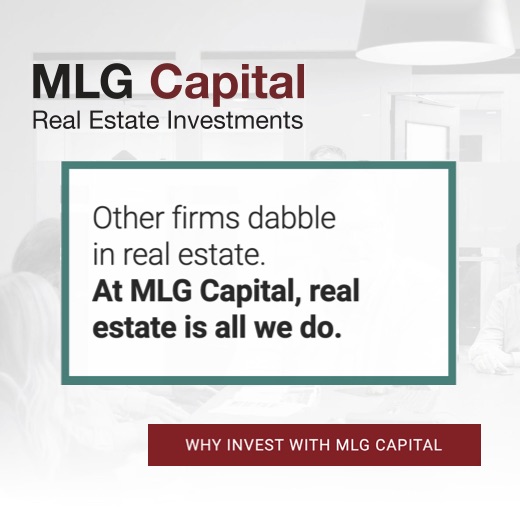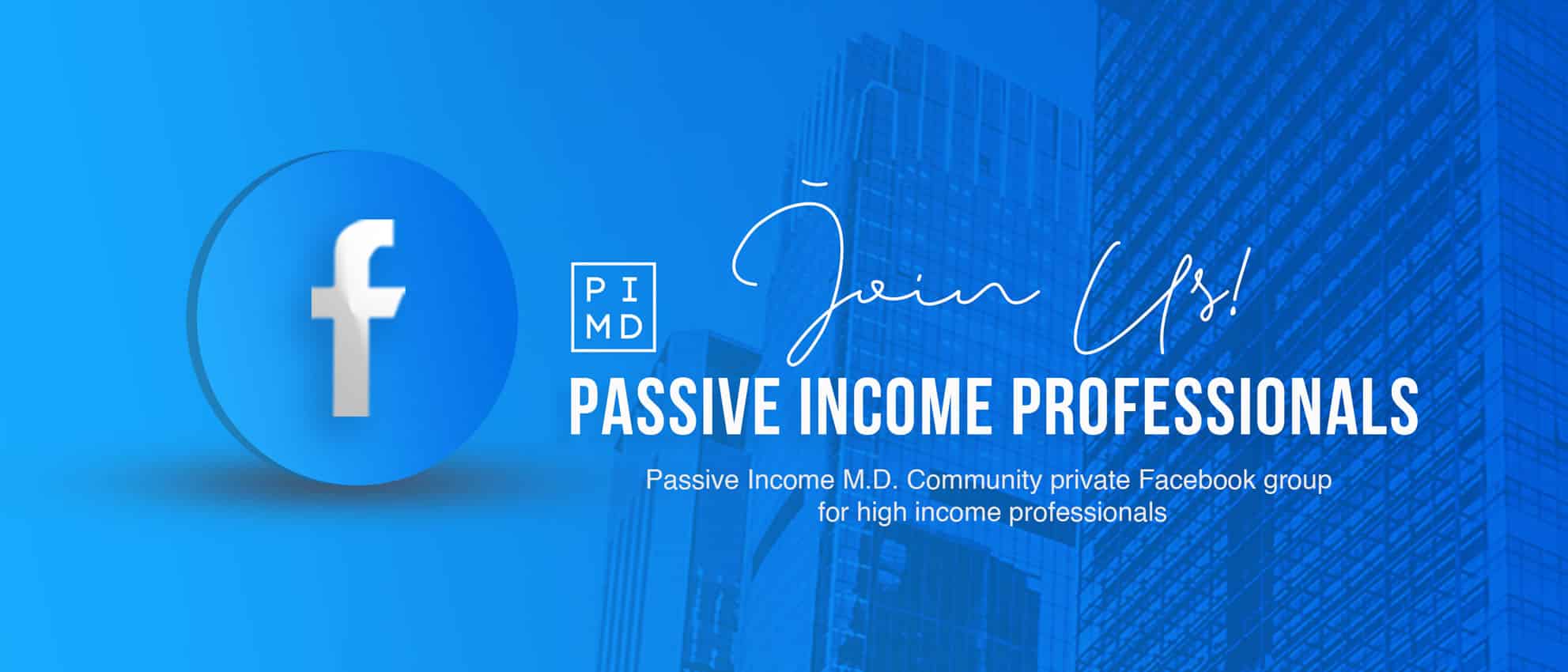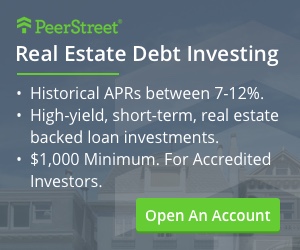
Asset Allocation (Part 2): What’s In My Risk/Growth Bucket?
This post may contain links from our sponsors. We provide you with accurate, reliable information. Learn more about how we make money and select our advertising partners.
 In Part 1 of this series on asset allocations, I talked about the 3 different allocation buckets – Security Bucket, Risk/Growth Bucket, and the Dream Bucket. Please read that post if you haven’t already. You can find it here.
In Part 1 of this series on asset allocations, I talked about the 3 different allocation buckets – Security Bucket, Risk/Growth Bucket, and the Dream Bucket. Please read that post if you haven’t already. You can find it here.
My current ideal asset allocation is as follows:
40% Security Bucket
50% Risk/Growth Bucket
10% Dream Bucket
I already mentioned what’s in my security bucket and my goals/action steps for it.
Now let's talk about the Risk/Growth Bucket.
What's in the Risk/Growth Bucket?
The Risk/Growth Bucket contains investments that have the potential for some higher returns versus the Security Bucket. It also comes with a higher level of risk and volatility.
However, without investments in this bucket, your money won't be working for you in a meaningful way. Investments in the Security Bucket are great for wealth preservation, but most of us are looking to have our money help us to create more wealth.
The challenge with the risk/growth bucket is that you have to be patient through the volatility and not get overly excited by growth, because you know it will come and go.
Many folks find themselves comfortable in one asset class and stick to it, but I'm looking for diversification in a meaningful way and that means having multiple different types of investments within this risk/growth bucket.
Here are some examples of investments that belong in this category.
- Equities – Stocks, Mutual funds
- Value of Owned Businesses
- Angel Investments
- Active Real Estate Investments – Direct Ownership of Rental Properties
- Passive Real Estate Investments – Syndications & Funds, Crowdfunding
- Commodities (Gold, Silver, Coffee, etc)
- Currencies
- Collectibles
What’s in My Risk/Growth Bucket?
Active Real Estate Investments
I currently own several multifamily properties (apartments) as well as some single family homes/condos. The goal with these properties has primarily been the creation of cash flow, but I've benefitted in other ways: price appreciation, tax advantages, and mortgage principal pay down.
 Owning these properties is essentially like running a small business. I've had to assemble the right team, and through proper management and operations, improved the value of them.
Owning these properties is essentially like running a small business. I've had to assemble the right team, and through proper management and operations, improved the value of them.
I consider these long-term investments with increasing value over time but also increasing cash flow as rents improve.
Passive Real Estate Investments
Passive real estate investments are other ways to invest in real estate besides direct ownership of the properties. You perform the due diligence, choose who to invest with, and let the professionals do the work and create returns for you.
One way I've participated in these types of investments are through crowdfunding platforms. Real estate crowdfunding allows investors to view investment opportunities online and usually invest with smaller minimums in place.
Through these crowdfunding platforms you'll either see debt deals (where you act as the bank and lend money out for a set interest) or equity deals (where you own a piece of the deal).
I've invested in both syndications and funds through these websites. If you're not familiar with these terms, syndications are often the pooling of funds for one building and funds typically are the pooling of funds to purchase multiple properties. See Syndications vs Funds.
I also have invested directly with some funds like MLG Capital, Alpha Investing, and Griffis Direct.
Equities
Although I don’t focus heavily on equities like the stock market, I do fund my Solo 401k and my backdoor Roth at a minimum each year. It's one way I force myself to diversify.
It’s definitely a “set it and forget it” strategy.
In my Solo 401k, I'm invested in long-term diversified index funds with low annual fees. I don’t trade in and out of the market and the goal is to take advantage of typical stock market compounded returns over time.
For my backdoor Roth, I admit I have a different strategy.The tax benefit with the Roth is that it’s “after-tax” money meaning that it grows in the account tax-free and is also tax-free on withdrawal. You’re able to withdraw your contributions at any time but any gains cannot be removed until age 59.5 without a penalty.
That gives me at minimum 18 years of growth or so. I don’t expect to need or utilize the investments in this account when I reach that age, so I swing for the fences a bit with it.
I don’t try to market time or day trade. But I like to pick potential tech growth stocks like Apple, Google, and Facebook. I recognize they’re already a part of some of my index fund portfolio but I like betting on the individual companies as well for the long-term.
Angel Investments
Angel investing can be tricky as I've found out in the past. The strategy here is that if you make enough bets, one or two will become huge winners and make up for the loss of the others. They say you need to make 10 bets for 1 to pan out.
The problem for me was that I didn’t necessarily have the capital to make all those bets. At $25,000 or $100,000 each, just how many can I invest in before it accounts for over 3-5% of my portfolio.
However, I still love the idea of angel investing and being part of something from an early stage especially if I can influence it in some way. I enjoy participating in growth both from an operational standpoint but financially as well. (Side note: my favorite show is Shark Tank.)
So I recently decided to invest in an angel investing fund which allows me to spread my bets using one investment. They’re utilizing their funds to invest in 10 companies, all with significant upside potential.
This is definitely a home run play where I'm comfortable with losing the funds, but dreaming of significant, potentially life-changing returns.
Commodities or Currency
I still own some cryptocurrency that I bought during the craze a few years ago. If you've been watching, the value of Bitcoin has had some peaks and valleys as of late. I never liquidated those investments so I guess I'm on the ride for the long-term.
I joked that either I would lose it all or it would pay for my childrens' colleges someday. Who knows how it will turn out but I'm holding on to my positions for now.
I am also considering investing in some gold to again further diversify my holdings. I’m really being conscious of Ray Dalio’s principle of investing in 15 non-correlated assets.
My Businesses
I have been fortunate to start a few businesses. You might be familiar with two of them – Passive Income MD and Curbside Real Estate.
They each create income, have overhead and expenses, and they each technically have their own value. They have a value because of the cash flow created but also the overall revenue.
That value is only on paper and could only be realized on a sale, but they have become a significant portion of my net worth as the businesses have grown and thrived.
I recognize that businesses can come and go and that’s why it’s in the risk/growth bucket. For many entrepreneurs who are a bit more settled, they might consider their businesses as security plays because they believe that they have control of it.
The thing is, it’s hard to be secure in your business value despite your successes. Something completely unexpected could derail things like changes in regulation or technology. In fact, a worldwide pandemic could occur and severely affect business.

My Risk/Growth Bucket Allocation and Future Plans
So in tallying my asset value in my Risk/Growth bucket, my overall allocation for this bucket is 73% of my total assets. It’s currently way higher than my ideal allocation of 50%.
So I can do two things, sell a few things off or as investments mature, move that money into my security bucket. I hate selling assets and I already plan on putting a good portion of future investable funds into my security bucket. So I'll keep filling my security bucket as we go.
Next post we'll talk about everyone's favorite bucket, the Dream Bucket.
What's in your Risk/Growth Bucket and do you need to adjust your allocation?

Disclaimer: The topic presented in this article is provided as general information and for educational purposes. It is not a substitute for professional advice. Accordingly, before taking action, consult with your team of professionals.




